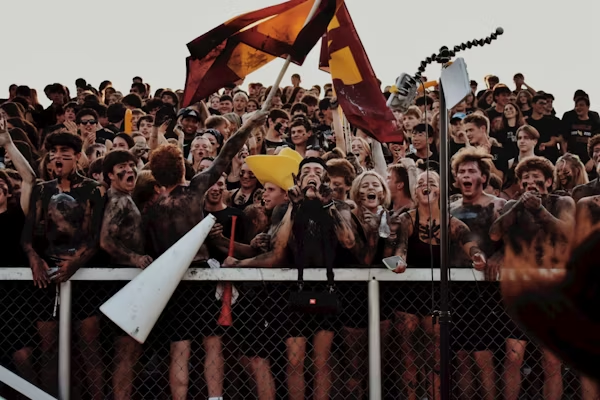Sports apps are reshaping how fans connect with athletes, turning cheers into chats. This essay argues that features like direct messaging, tailored content, and virtual training tools bring stars like Serena Williams closer, making fans active players in the sports world while boosting athletes’ brands. Yet, risks like oversharing or pushy fans loom. It’s a call for apps like 1xbet app download, among others, to balance openness with respect, riding mobile fandom’s rise, urging readers to engage thoughtfully. Rooted in sports’ global pull, it skips specific moments, showing how apps redefine the game’s heart.
Chatting Up Close
Apps let fans ping athletes—imagine messaging LeBron James about his dunks. Platforms weave direct lines, unlike TV’s one-way view. Athletes reply, share stories, or post live Q&As, sparking bonds. For fans, it’s thrilling: your hero’s a tap away. Recent research shows apps double fan interaction, though data varies. Some say it’s too staged; others love the access. This closeness shifts fandom—fans feel seen, athletes feel real—making sports a two-way street, not a distant stage.
Content That Fits You
Apps craft personal feeds—think clips of Cristiano Ronaldo’s goals or Simone Biles’ routines, picked for your tastes. Unlike generic websites, algorithms match your vibe: love soccer? Get Kylian Mbappé highlights. Fans dive deeper, feeling tied to stars. Studies suggest tailored content boosts app time, yet sports specifics blur. Athletes gain too—custom posts build their image, like Roger Federer’s sleek brand. For fans, it’s a curated thrill, turning passive cheers into a feed that feels like yours.
Training Like a Pro
Virtual tools let fans train like stars—picture a VR app mimicking Usain Bolt’s sprints. Apps offer drills, stats, even coaching tips, pulling fans into athletes’ worlds. Unlike old DVDs, this is immersive: sweat with Serena’s serve. Some argue it’s gimmicky; others say it’s a game-changer. Research from tech reviews notes VR’s fan pull, though adoption’s uneven. Athletes shine brighter—sharing workouts boosts their cred. Fans aren’t just watching; they’re joining in, blurring lines between pro and amateur in a sweaty, shared grind.
Branding the Stars
Apps amplify athletes’ clout—Biles posts a flip, fans swarm. Unlike fleeting TV spots, apps let stars shape their story: share a cause, drop a vlog. This builds loyalty, even wealth—sponsorships follow likes. Studies on athlete branding show apps triple reach, though numbers shift. Some fans want raw vibes; others crave polish. For athletes, it’s power: control your image, grow your name. Fans fuel this—every tap strengthens a star’s glow, tying them tighter to the game’s pulse.
Risks on the Line
Openness has traps. Athletes oversharing—like venting mid-slump—can backfire; fans might pry, expecting too much. Apps amplify gripes—think trolls hounding Mbappé. Research on digital fandom flags entitlement spikes, but fixes lag. Some athletes pull back; others embrace the noise. Fans should pause: love the access, but chill. Apps need guardrails—think moderated chats—to keep it real without turning raw. The bond’s magic, but boundaries matter.
Build the Bond Right
Sports apps—messaging, custom feeds, VR drills—shrink the gap between fans and stars like Williams or Bolt. Fans join the action; athletes grow their shine. It’s not flawless—overreach stings, lines blur. But it’s a push: use apps, but respect space. Trends show mobile’s king—try a fan app, send a note, feel the shift. Sports’ heart beats closer now; apps make fans partners, not just cheers. Keep it authentic, and this digital bridge will rewrite fandom for good.
